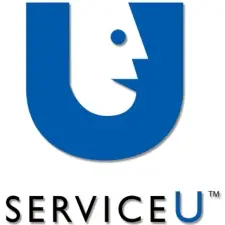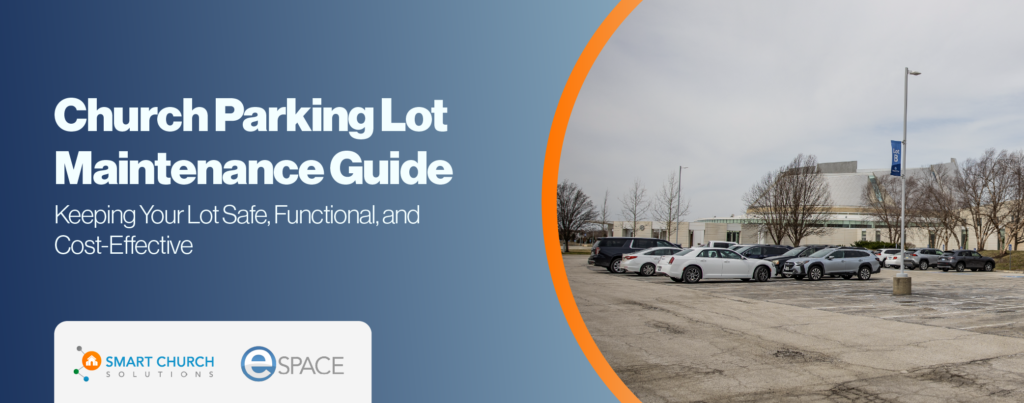Last week we looked the PROs and CONs of utilizing empty retail and commercial facilities to house our churches. Each situation is unique so make sure you do your due diligence. These spaces are still great options…just understand all of the issues and ramifications BEFORE you sign a lease of a purchase contract.
Today we are going to look at a real life example of how a church made a very deliberate and well educated decision to rent an empty retail space instead of building. This is a true story and one that I have done everything in my power to not embellish or slant in one way or another. You will see many of the PROs and CONs listed from last week…but in the end, the decision was solid and was the best stewardship of the resources God had entrusted to them.
CASE STUDY:
Church: Elevation Church
Location: Matthews, NC– Matthews Campus (Greater Charlotte, NC)
Year: 2009
BIG BOX: 43,000 SF retail/warehouse space in shopping center on 6 lane road at the exchange of the interstate loop (I-485) around Charlotte
Previous Use: Originally this was part of a K-Mart but had been most recently used as a distribution warehouse for Ashley Furniture
Lease Term: 12 years (5 yr lease with a 5 yr option then another 2 yr option as part of a sublease agreement)
Lease Rate: $22,000 per month plus just under $2/SF CAM (Common Area Maintenance) . Lease calls for a $.50/SF escalator at each option period.
Upfit/TI (Tenant Improvements): Approximately $4.6 Million plus AVL and FFE….which you would have regardless of location.
Site Attributes:
- Lots of parking and site lighting
- Great road frontage and visibility
- Loading docks for ease of equipment and stage set loading
- Motivated sub-lessor
- Sprinkler Riser in place
- Building was in the target market/ministry focus of the church…only a few miles from the school they were meeting in
- Location, Location, Location
Site Challenges:
- Center was being used by other retail tenants so service times had to be negotiated
- All exterior modification required shopping center owners approval including the “name” that could be used on the facility…could not use “church”.
- The structural columns were not ideal and had to work around some and actually relocate others.
- The entire facility needed gutted…to the base walls…nothing was reusable except the exterior walls and roof…and they both required attention to meet design criteria
So why did it make better sense to rent than to build the first “permanent” facility…I am glad you asked.
There are several reasons…but here are just a few:
- 1. The construction time was only about 4 month vs. 12-16 months
- 2. Weather was never really an issue…the shell was already up and all the site work was in place.
- 3. The location was in an area that raw land was not available at any resemblance of a reasonable price.
- 4. The initial investment was significantly less vs. a new build
- 5. Flexibility…knowing the lease was only for 5 years with the options to take it to 12 years, the church could change direction at several milestones without having to sell a property
- 6. Finally…the cost of rent was actually less than the cost of interest on a loan for the same period of time. I have heard people say that you want to buy vs. lease so you build up equity so you are just throwing your money away by renting. Well, would you agree that interest paid on a loan is just as much a “waste” of funds as renting? It is for a church. There is no tax benefit like there is for your home mortgage insurance so interest is just about the same as paying rent.
Let me show how the numbers played out. I have developed a theoretical building project budget making several assumptions on the cost of land in a similar location, cost of construction, soft costs, site development and so on.
| WHAT WOULD IT HAVE COST IF NEW CONSTRUCTION? | |
| 1. Land cost – | $2,000,000 |
| a. 10+/- acres (about 100 people per acre) | |
| b. $150-250,000 per Acre | |
| c. Assume $200,000 per acre | |
| 2. Site development – | $2,200,000 |
| a. Grading | |
| b. Site utilities | |
| c. Parking (over 600 spaces at $2,000/space) | |
| d. Site concrete | |
| e. Site Lighting | |
| f. Site signage | |
| g. Detention/retention ponds | |
| g. Landscaping/buffers/fencing (and a bunch of it) | |
| 3. Design and Engineering | $475,000 |
| a. Architectural | |
| b. Structural Engineering | |
| c. Mechanical, Electrical and Plumbing Engineering | |
| d. Civil/site Engineering | |
| e. Acoustical Engineering | |
| f. Graphics/Interior Design | |
| 4. Soft Costs | |
| a. Permits | |
| b. Legal | |
| c. Closing costs | |
| d. Surveys | |
| 5. System Infrastructures | $200,000 |
| a. AVL infrastructure (added components to accommodate a complex AVL system) | |
| b. IT Infrastructure (for wireless, CAT-5 cabling, etc) | |
| c. Other technology Infrastructure | |
| 6. CONSTRUCTION ( 43,000SF @ $125/SF) | $5,400,000 |
| 7. Contingency (3-5% of ALL construction related component) | $300,000 |
| 8. Construction Interest | $220,000 |
| a. Assume $8,665,000 loan | |
| b. Construction financing is only paid based on the amount drawn down…so base it on 50% of loan to accommodate the graduated loan principle | |
| c. 5% interest | |
| TOTAL DEVELOPMENT COSTS – | $10,885,000 |
If you look at what the mortgage payment, based on a 20 year amortization schedule at 5.5% would be, in comparison to the rent, you would have paid $3,358,993.04 in interest over the same 12 years vs. $3,168,000 in rent. That is $190,993 more in interest than rent. In addition, you would still owe over $6 Million on the loan.
Another way to look at it is that the rent above was $22,000 a month, plus the mortgage on the renovation of about $20,000/mo vs. a mortgage payment would have been $59,605. While a portion of that is principle…that is still a very significant difference in monthly cash flow. In fact, that is almost a 30% difference.
To wrap this up, let me say that every situation is different. The above worked great for this church…but it might not be right for your church. The point that I am really trying to make is 2 fold:
1. Don’t just assume that you have to OWN or BUILD a facility to have a productive ministry and be a wise steward of the resources God has entrusted to you.
2. Every church and every facility need is different. There is not a cookie cutter solution that you can find in a book. Be wise and make sure you have done all of your due diligence.







